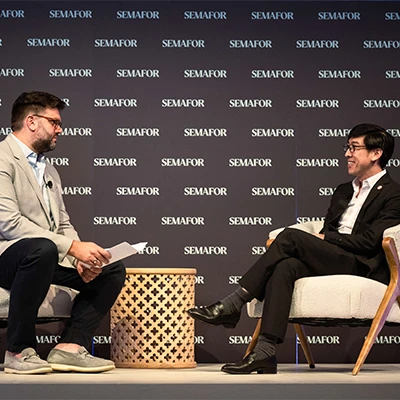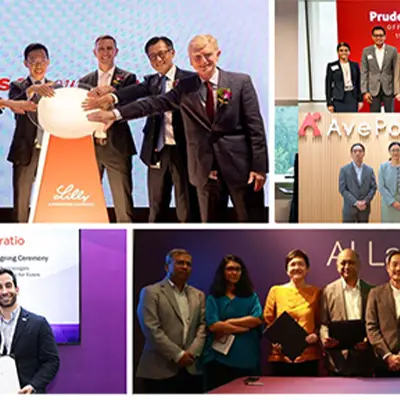As artificial intelligence (AI) reshapes industries and redefines global competitiveness, companies across sectors are in a race to secure the talent, infrastructure, and innovation partnerships necessary to thrive and grow.
Singapore, with its robust connectivity, talent pipeline, and pro-innovation policies, has emerged as a trusted base for companies seeking to harness AI's full potential.
One company tapping into this momentum is Advanced Micro Devices (AMD), a global leader in semiconductor technologies.
With a more than four-decade-long history in Singapore, AMD is leveraging the city-state not just as a regional headquarters, but as a springboard for growth and collaboration across the Asia Pacific.
AMD designs and produces a wide range of high-performance processors, including CPUs (Central Processing Units) and GPUs (Graphics Processing Units), which are fundamental components for AI training and deployment, data centres, and various computing infrastructures. Singapore’s rich talent pool has benefited the company’s efforts in building powerful chips — the crucial bedrock for growth in an AI-powered era of work.
We speak to Peter Chambers, Managing Director for AMD in the APAC region, to understand how the company is responding to the surge in AI demand—and why Singapore plays a pivotal role in that strategy:
When it comes to AI adoption, what challenges do companies in Southeast Asia face?
AI is widely seen as the most transformative technology in half a century. However, its rapid adoption is straining existing workforce capabilities. In fact, AMD’s AI outlook survey revealed that more than 50 per cent of IT leaders1 do not believe their organisations are ready to meet the demands of AI. Talent gaps, infrastructure readiness, and evolving skillsets are common hurdles.
To address these challenges, AMD is deepening its partnerships across Southeast Asia, particularly with education institutions and industry bodies. These collaborations aim to build sustainable talent pipelines and strengthen the broader tech ecosystem.
On the topic of talent and upskilling, how is Singapore helping companies innovate and build long-term capabilities?
On the AI front, Singapore was among the fastest countries to identify its potential, earmarking it as one of the nation’s four core technologies essential to its push to become “digitally ready”. Singapore’s early recognition of AI has enabled the country to create an environment conducive to innovation — such as implementing nation-wide initiatives like Smart Nation and the National AI Strategy. This has enabled AMD to find fertile ground here to co-develop talent and drive
applied research.
The Industrial Postgraduate Programme (IPP), supported by the Singapore Economic Development Board, allows AMD engineers to develop critical Research and Development (R&D) skills through PhDs while advancing the development of research competencies within our company. Meanwhile, AMD sponsors the Heterogeneous Accelerated Compute Cluster at NUS, a specialised initiative advancing adaptive computing for high-performance computing applications.
Such programmes underscore the collaborative ethos between government, academia, and industry that defines Singapore’s innovation landscape.






